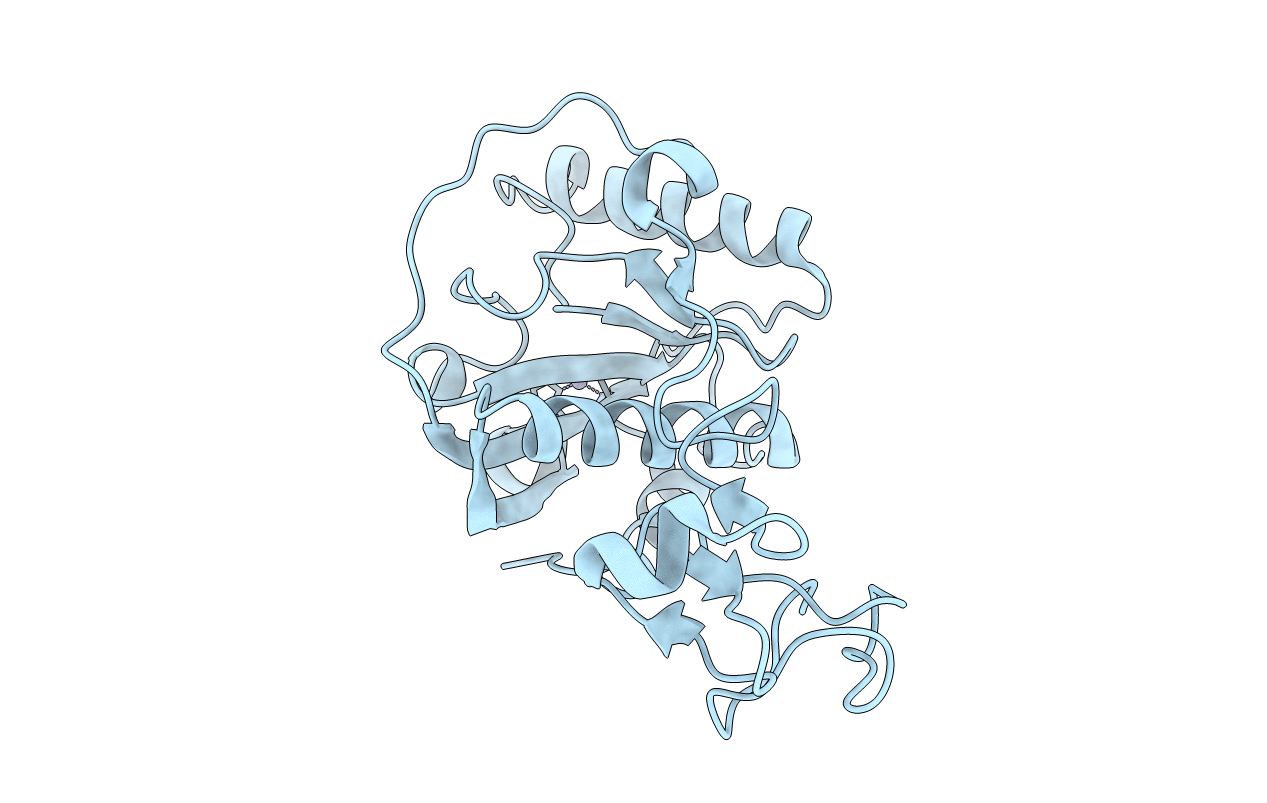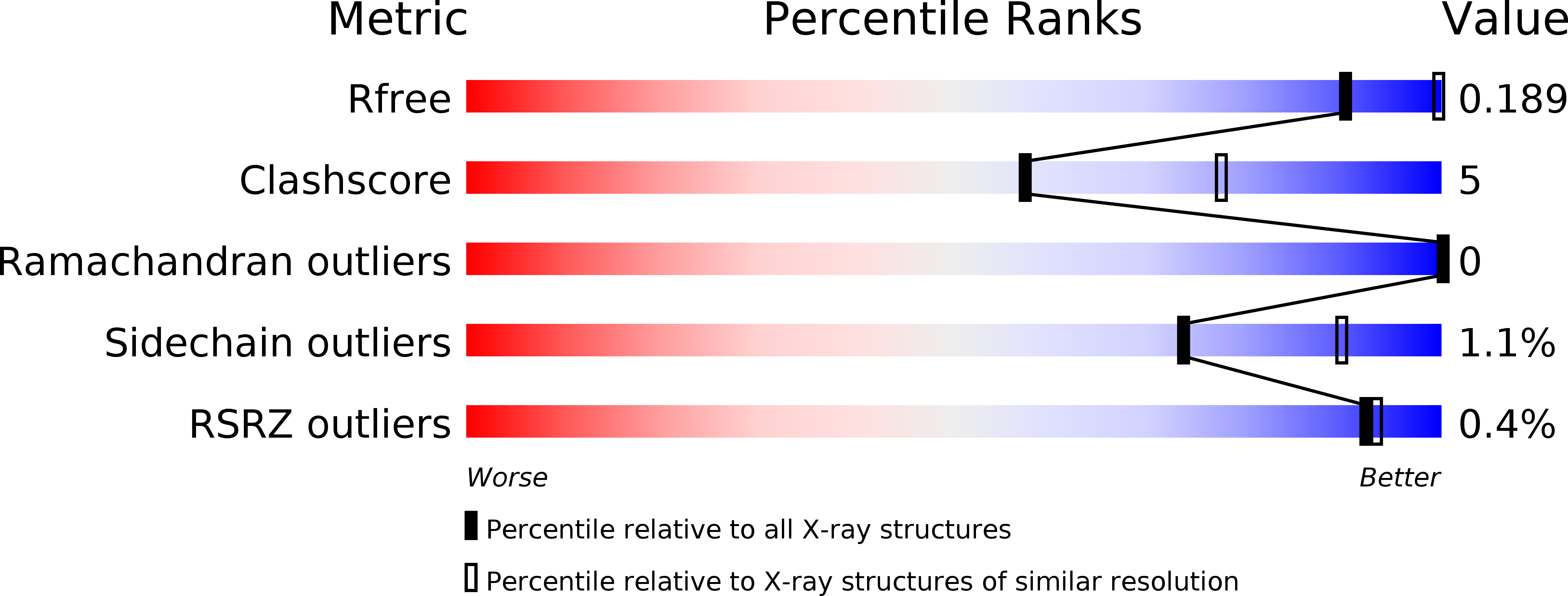
Deposition Date
2015-04-09
Release Date
2015-10-14
Last Version Date
2024-11-13
Entry Detail
PDB ID:
4Z8I
Keywords:
Title:
Crystal structure of Branchiostoma belcheri tsingtauense peptidoglycan recognition protein 3
Biological Source:
Source Organism:
Branchiostoma belcheri tsingtauense (Taxon ID: 155462)
Host Organism:
Method Details:
Experimental Method:
Resolution:
2.70 Å
R-Value Free:
0.20
R-Value Work:
0.17
R-Value Observed:
0.17
Space Group:
P 65


